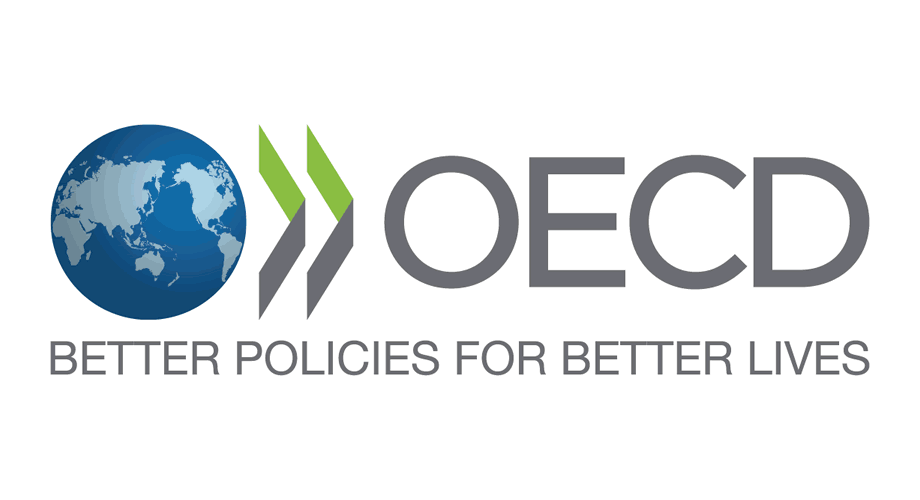Helmes is privileged to be a part of an international team of the OECD contributing to the software development of a grand-scale statistics platform.
Developing Software for OECD: .Stat Suite Example
World-spanning teamwork
The OECD provides a medium in which governments can work together to share experiences and seek solutions to common problems.
To do so, the organisation has established a community that is called the Statistical Information System Collaboration Community. It’s a group of statistical organisations sharing similar strategic objectives, pooling resources and ideas to co-innovate and co-produce state-of-the-art digital solutions to support official statistics.
This community helps statistical organisations to manage in a much more cost-efficient way and to avoid reinventing the wheel.
The aim of the Statistical Information System Collaboration Community is to support the advancement of the Sustainable Development Goals reporting by implementing common open-source tools based on the .Stat Suite architecture. The utilisation of the system is much broader, including, for example, The National Bank of Belgium, The National Institute of Statistics of Italy, The International Labour Organisation, and UNICEF.
Most of the community members have been using the previous version of .Stat Suite for years to disseminate their statistical data, but it was time to move on and using the platforms built on newer technologies (JavaScript, .NET, SDMX, Solr).
See also: Custom software development
The software development team behind this platform hails from France, Estonia, Hungary, and community members across the globe.
The crème de la crème of databases
The .Stat Suite system is in constant development and it strives for excellence. The platform covers the complete data life cycle: designing, collecting, processing, analysing and dissemination.
.Stat Suite is capable of storing any type of modelled statistical data using SDMX, the special standard for the statistical data and metadata exchange.
The advantages of this continuously improved global platform are:
- It is open source
- The UI is built on reusable web components
- It has modular architecture and configurability to support the specific needs of each organisation
- The environment uses SDMX compliant APIs (on both the input and output side) and end-to-end integration with other data processing platforms
- It supports different formats, for example, XML, JSON, CSV, and Excel, for creating, describing and analysing the data
The enormous functionality of .Stat relies on three pillars:
- DLM (Data Lifecycle Manager): the back office for the statisticians. This enables them to collect, process and disseminate the data.
- Data Explorer: an interactive data visualisation tool. It’s the public environment where users can search and view the data.
- The Core: the back end that can be used without DLM and Data Explorer.
In the words of a software developer
The .Stat Suite is based on Service Oriented Architecture (SOA) that applies the main principles of the Common Statistical Production Architecture (CSPA). That means a loose coupling to avoid strong dependencies and apply a modular architecture. All web services are built on the .NET Core framework and can be accessed over SSL.
The SDMX REST web service and the SDMX Reference Infrastructure framework, developed by Eurostat, is integrated to the .Stat Suite platform and is one of the central features for the data life-cycle support.
The .Stat UI is built on the open source library of Reusable Components for the Web (RCW) that can be used independently or combined with the data portals. The technical stack on which the UI components are based is React for the UI, Redux for the behaviour, and D3 for the chart engine.
Solr is an open-source search engine that is used to store the indexed information about the .Stat Suite datasets and to return the relevant search results to the users.
The .Stat platform runs on the free version of Microsoft SQL Server, SQL Express. However, better performance can be achieved when using the licensed versions of Microsoft SQL Server.
Mission-driven benefits
.Stat Suite accommodates the whole life cycle of statistical data, which is already a strong benefit. But there’s more. The list of exceptional benefits include:
- Dissemination with a push of a button. Before distributing the data to public users, the data can be prepared and tested in “pre-production” space. Once ready, it can be transmitted to the public environment with one click.
- Smart access. It helps the user navigate through different data to find what they are really searching for. After the first selection the user will see the first set of search results. These can be refined by adding new search criteria to narrow the search results. When the user navigates to the data visualisation page, previously made choices will be transmitted and applied on the visualisation.
- Data visualisation. Data can be visualised as a table or a chart (different types are supported). The data table can be further filtered on the visualisation page and the layout can be configured according to the user’s needs. Data can be downloaded in CSV or Excel, shared on social media or embedded to any website.
Read also: Working with OECD – a Hybrid Team Model Example
Get in touch


